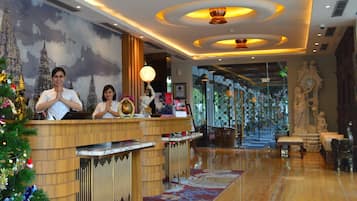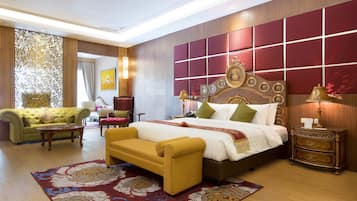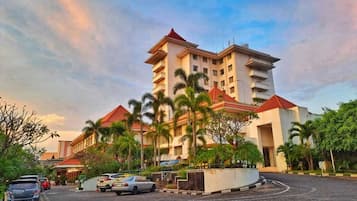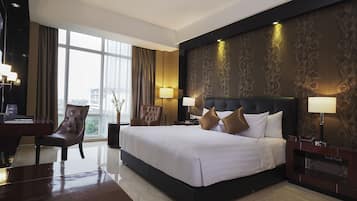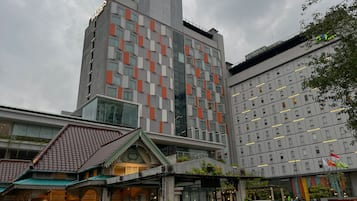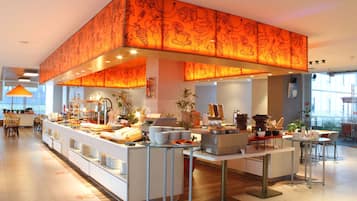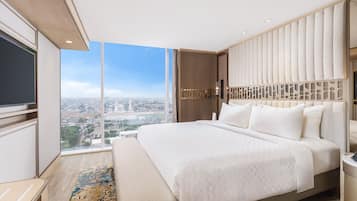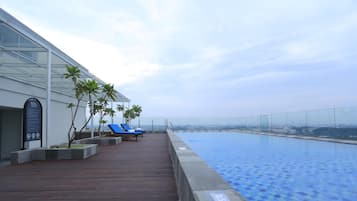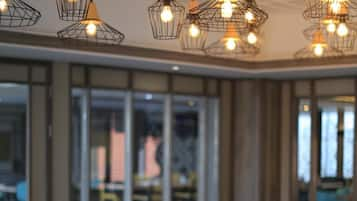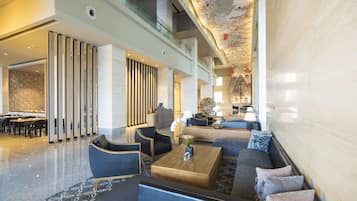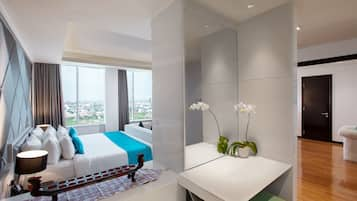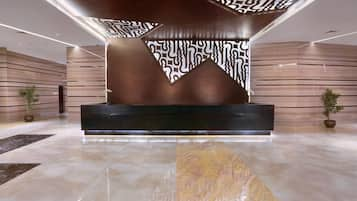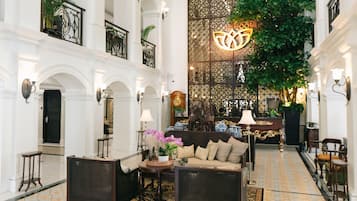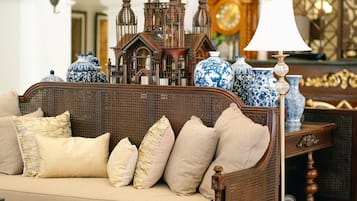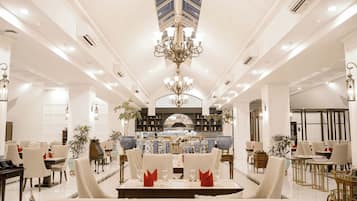Ảnh của Sharrie Shaw
Khách sạn có trung tâm thể thao tại Surakarta, từ 809.758 ₫
- Đổi ýĐặt phòng ở các khách sạn cho phép hủy miễn phí
- Chọn kỹTìm trong số gần một triệu nơi lưu trú trên toàn thế giới
Kiểm tra phòng trống của Khách sạn có trung tâm thể thao ở Surakarta
Lựa chọn hàng đầu của chúng tôi về khách sạn ở Surakarta có phòng gym
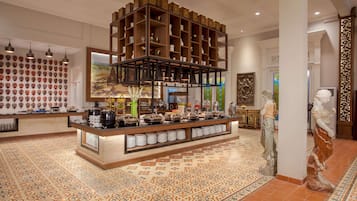
9.0 trên 10, Tuyệt vời, (6)
Giá hiện tại là 1.431.017 ₫
Tổng 1.731.530 ₫
bao gồm thuế & phí
04/01 - 05/01/2026

7.2 trên 10, Tốt, (24)

8.6 trên 10, Xuất sắc, (76)
Giá hiện tại là 1.143.991 ₫
Tổng 1.384.229 ₫
bao gồm thuế & phí
04/01 - 05/01/2026

10.0 trên 10, Ngoại hạng, (4)
Giá hiện tại là 891.133 ₫
Tổng 1.078.270 ₫
bao gồm thuế & phí
04/01 - 05/01/2026
Giá hiện tại là 1.170.831 ₫
Tổng 1.416.705 ₫
bao gồm thuế & phí
04/01 - 05/01/2026
Giá hiện tại là 840.280 ₫
Tổng 1.016.739 ₫
bao gồm thuế & phí
19/01 - 20/01/2026
Giá hiện tại là 1.558.378 ₫
Tổng 1.885.638 ₫
bao gồm thuế & phí
21/12 - 22/12
Giá hiện tại là 669.222 ₫
Tổng 809.758 ₫
bao gồm thuế & phí
03/01 - 04/01/2026
Giá thấp nhất mỗi đêm dựa trên kết quả tìm kiếm trong vòng 24 giờ qua cho 1 đêm lưu trú cho 2 người lớn. Giá và tình trạng phòng có thể thay đổi. Có thể áp dụng điều khoản bổ sung.
![At the museum no photos are allowed which is really unfortunate as it was well worth the visit and the guided tour is definitely not to be missed. In the museum there are even Batik made from the Dutch era which depicts stories like Little Red Riding Hood and Snow White!
I enjoyed the tour v much and at the end of the tour we were brought to this room where the artisan were working on hand drawn batik.
Below is an excerpt from Wikipedia for anyone interested in learning more about the process of batik making.
Firstly, a cloth is washed, soaked and beaten with a large mallet. Patterns are drawn with pencil and later redrawn using hot wax, usually made from a mixture of paraffin or bees wax, sometimes mixed with plant resins, which functions as a dye-resist. The wax can be applied with a variety of tools. A pen-like instrument called a canting (IPA: [tʃantiŋ], sometimes spelled with old Dutch orthography tjanting) is the most common. A canting is made from a small copper reservoir with a spout on a wooden handle. The reservoir holds the resist which flows through the spout, creating dots and lines as it moves. For larger patterns, a stiff brush may be used. Alternatively, a copper block stamp called a cap (IPA: [tʃap]; old spelling tjap) is used to cover large areas more efficiently.
After the cloth is dry, the resist is removed by scraping or boiling the cloth. The areas treated with resist keep their original color; when the resist is removed the contrast between the dyed and undyed areas forms the pattern. This process is repeated as many times as the number of colors desired.
The most traditional type of batik, called batik tulis (written batik), is drawn using only the canting. The cloth need to be drawn on both sides and dipped in a dye bath three to four times. The whole process may take up to a year; it yields considerably finer patterns than stamped batik.
Source: Wikipedia](https://images.trvl-media.com/place/6224808/26fd1460-c65a-4c1a-9444-7a893e883ac9.jpg?impolicy=fcrop&w=1200&h=500&q=medium)

